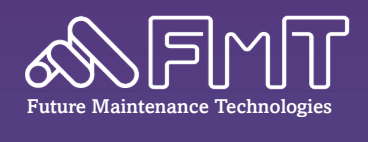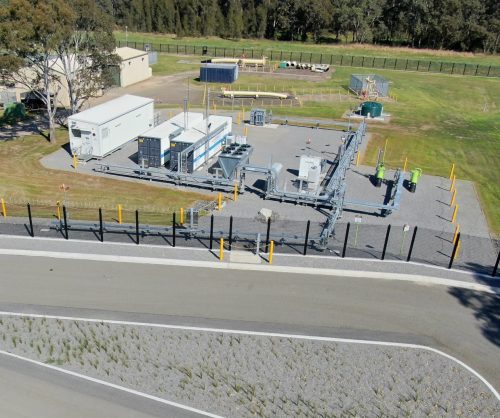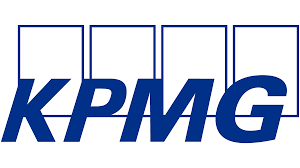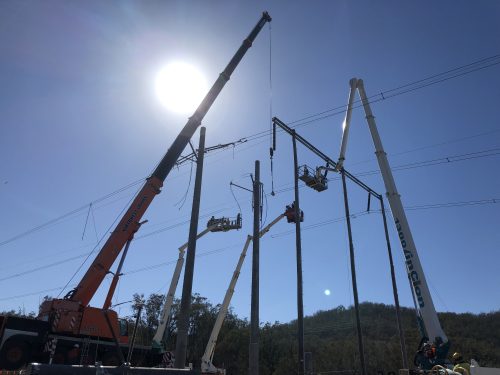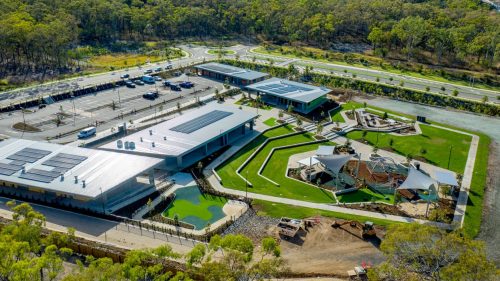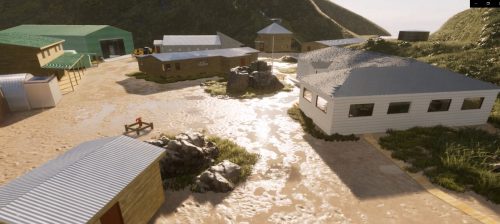1. Introduction The Department of Transport (DoT) is committed to advancing an inclusive workplace culture and teams that are diverse, engaged, valued and high performing, to deliver an integrated transport system that contributes to inclusivity. DoT’s teams are increasingly diverse with a mix of backgrounds, personality, life experiences and beliefs. Similarly, DoT requires diversity through our social procurement policy, to allow DoT to engage a diverse range of consultants and contractors to complement DoT’s own resources. DoT has established a Technical Advisory service with the AECOM WSP Joint Venture. AECOM WSP are also committed to creating project teams that closely represent DoT and the communities we serve, so we can better anticipate and respond to complex challenges. Through the Asset Condition Assessment Project (ACAP) DoT is developing a clear understanding of asset condition at an individual asset, systems, and network level to meet the State’s objective of providing an integrated safe and reliable transport network. ACAP was set up deliver reliable asset condition data to inform renewal requirements that best balance risk, cost, and performance. ACAP is being delivered over four phases, between 2018 and 2026. DoT has engaged the AECOM WSP joint venture to support various ACAP related activities. The Project team established by DoT to develop and deliver ACAP Phase 2, between May 2020 and September 2021, was made up of over 20 individuals from DoT, AECOM and WSP. This highly diverse team was led by Cassie Khaw, who developed a strong team culture and encouraged strategic thinking, to enable the richness of the strengths and experiences of team members to be harnessed and successfully deliver the project. 2. Summary of your asset management team The asset management team that was formed for the development and delivery of ACAP Phase 2 epitomised DoT, AECOM and WSP’s diversity and inclusion principles. The team consisted of 21 team members with a wide range of personal characteristics, including gender (57/43% female/male), ethnicity (>60% of the team were born overseas), family status, and cultural beliefs as well as diversity of thought and experience. More than ten languages are spoken by team members, and ten different cultures are observed across the team, and no two team members have had the same education or experience in the workforce. 3. Demonstration of Organisational Leadership in creating and maintaining Diversity DoT, AECOM and WSP are all committed to advancing an inclusive workplace culture where our people are safe, diverse, engaged, valued and high performing. In DoT, this enables us to deliver an integrated transport system that contributes to an inclusive, prosperous, and environmentally responsible state. DoT demonstrates this commitment through the application of the Inclusion & Diversity Strategy 2019-2023. DoT’s teams are increasingly diverse with a mix of backgrounds, personality, life experiences and beliefs. Similarly, DoT requires diversity through our social procurement policy, to allow DoT to engage a diverse range of consultants and contractors to complement DoT’s own resources. At DoT we use our buying power to generate social value above and beyond the value of the services we procure, to provide wider social value to Victoria. DoT has established a Technical Advisory service with the AECOM WSP Joint Venture. The Victorian Government’s Social Procurement Framework was part of the weighted evaluation criteria in the tender undertaken to engage the AECOM WSP Joint Venture. DoT benefits from the diversity that AECOM and WSP bring to our project work through this technical advisory service and through both AECOM and WSP’s focus on Diversity. AECOM WSP are committed to creating project teams that more closely represent DoT and the communities we serve, so we can better anticipate and respond to complex challenges. The Project team established by DoT to develop and deliver ACAP Phase 2, between May 2020 and September 2021 was made up of twenty-one individuals from DoT and AECOM WSP. The team was highly diverse and developed a strong team culture to enable the richness of the strengths and experiences of the individuals to be harnessed into a cohesive and high performing team. The team successfully delivered not only ACAP Phase 2, but also brought forward and progressed early stage works for ACAP Phase 3.1. The asset management team that was formed for the development and delivery of ACAP Phase 2 epitomised DoT’s diversity and inclusion principles. The team valued and demonstrated inclusion and diversity, providing a work environment that recognised, respected, valued and leveraged the strengths and differences of the individual team members. The team consisted of 21 team members with a wide range of personal characteristics, including gender (57% female and 43% male), ethnicity (>60% of the team were born overseas), family status, and cultural beliefs as well as diversity of thought and lived experiences. More than ten languages are spoken, and ten different cultures are observed across the team, and no two team members have had the same education or experience in the workforce. The team worked to make each other and those they worked with feel valued and respected and so that they could comfortably and confidently contribute their perspectives and talents to improve the project outcomes. The team members were not only connected through the work they delivered but also through sharing their culture, especially with respect to food. Unfortunately, due to remote working through COVID, across the life of the project, the team were unable to share meals in person, but food was often a topic of conversations that the team bonded over virtually throughout the project. The team worked together from the inception of Phase 2 of ACAP, including developing the project scope and to provide leadership, oversight, and analysis through the delivery phase of the project. Throughout delivery, the team worked to formulate strategies and evaluate options for utilising the condition data from ACAP Phase 2 to model macro level asset renewal investment for DoT. Team members: DoT: Nicola Belcher (F), Adam Schmidt (M), Cassie Khaw (F), Thapelo Oageng (M), Piya Savage (F), Marylyn Goh (F), Thao Holmes (F). AECOM WSP: Frédéric Blin (M), Joel Diamond (M), Michael Battaini (M), Renee Liu (F), Mia Turner (F), Yee Vien Ng (F), Robert Peskin (M), Julie-Anne Latham (F), Bronte






